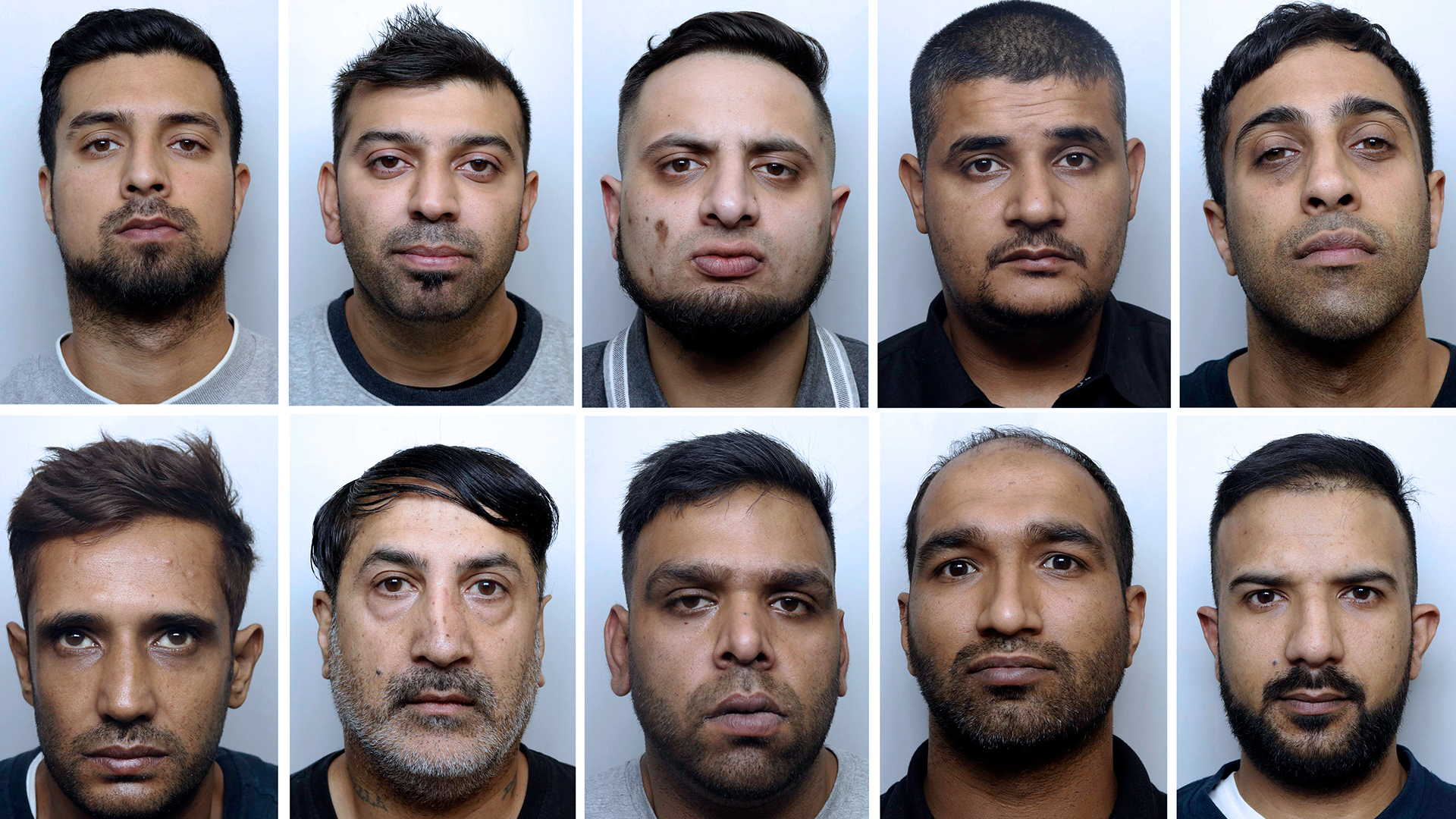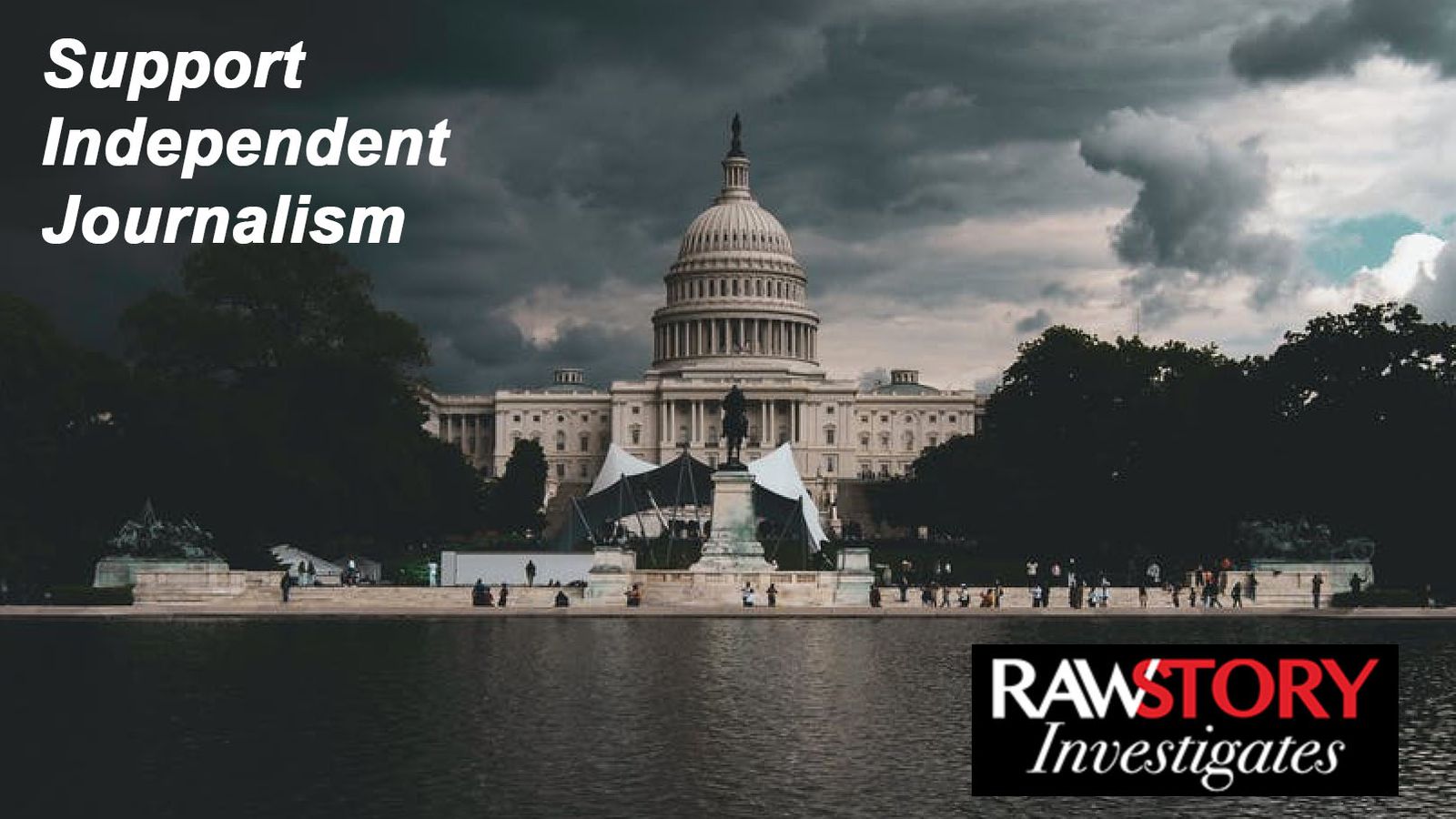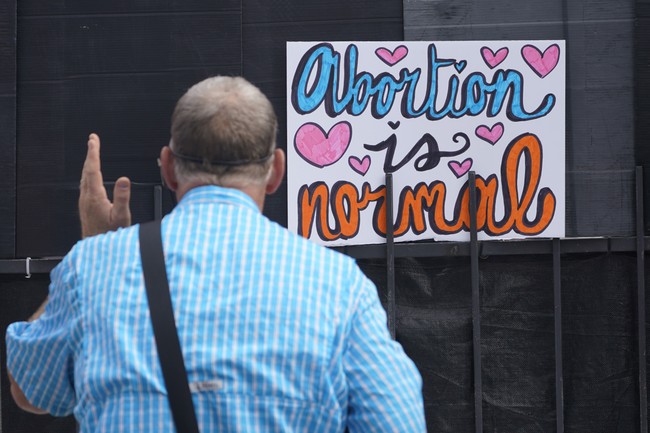A volcano in southwestern Iceland erupted on Thursday, spewing ashes and lava, the sixth such eruption since December, according to the Icelandic Meteorological Office.
The flare-up of the volcano, part of the Svartsengi volcanic system on the Reykjanes Peninsula, marks a continuation of intense geological activity in a region where eight volcanic blasts have been recorded since 2021, several of which occurred this year. Before 2021, the volcanoes on the Reykjanes Peninsula had been dormant for about 800 years.
The Blue Lagoon, a geothermal spa and a popular tourist destination near the site of the eruption, announced that it had evacuated its guests and that it would be closed on Friday as a “precautionary measure.” Grindavik, a nearby fishing town of nearly 4,000 people, has been largely empty of its residents since January, after volcanic activity started threatening the area.
The eruption occurred in a part of a newly active volcanic zone in Iceland that had been dormant for eight centuries before activity that started last December, with its most recent eruption starting in May.
Scientists said they expected the zone to continue producing magma and generating eruptions every few months for years, possibly decades.
“With every eruption, we see new unforeseen events,” said Matthew J. Roberts, the managing director of the Icelandic Meteorological Office, which tracks volcanic activity in addition to weather patterns.
There are significant dangers during the early stages of an eruption, particularly in the first hour, when intense pressure sends magma to the surface, Mr. Roberts said. “This is when we see the highest flow rates and the greatest danger to infrastructure and human life if anyone happens to be in the area,” he said.
About 10 to 30 residents had remained in Grindavik after evacuations, though residents who own homes in the town were legally allowed to visit and stay, despite strict police controls for access to the threatened area. The town is equipped with a siren system that could be activated within seconds of a civil protection warning, Mr. Roberts said.
The authorities were concerned that with each successive eruption it would become increasingly harder to contain the lava. A series of barriers, constructed from boulders the size of small cars, had been put in place to hold back lava.
Those “rings of protection,” as Mr. Roberts called them, encircled the town of Grindavik and the Blue Lagoon. But those barriers were nearing the point where there would be no more space to keep the lava contained, potentially leading to its overflow. “When that happens,” Mr. Roberts said, “it’s very difficult to control.”
High-capacity water pumps were installed to spray water onto the lava in places where the levees might be overtopped. During an eruption in late May, the lava flow crossed a main road and threatened to reach a critical pipeline that transports hot water from the Svartsengi power plant to nearby towns.
While the site of this latest eruption is isolated from other towns and infrastructure, volcanic activity in the coming years could shift and endanger populated areas, Mr. Roberts said.
So far, most of Iceland’s attractions and urban centers remained unaffected by the eruptions, allowing the country to safely welcome visitors while offering some explorers a rare glimpse of nature’s raw power. Air travel to and from Iceland was not expected to be disrupted, according to Iceland Air’s website.
Volcanic eruptions are not uncommon in Iceland, which has fewer than 400,000 residents and about 130 volcanoes. Since the 19th century, not a decade has gone by without one, Iceland’s tourist website tells interested visitors. The occurrence of eruptions remains “entirely random.”
The country straddles two tectonic plates, which are themselves divided by an undersea mountain chain that oozes molten hot rock, or magma.

















%20(2)%20(1).jpg)


Discussion about this post